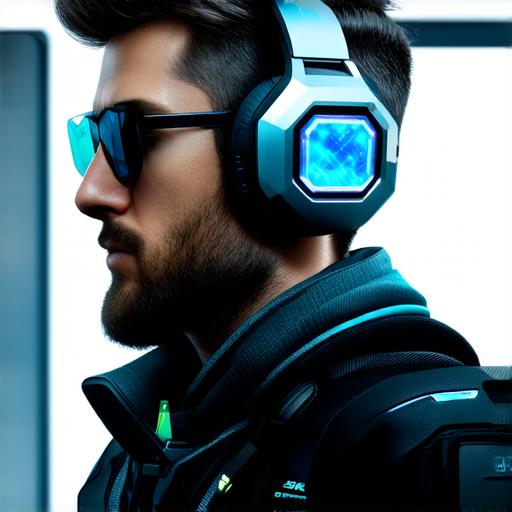History of Augmented Reality
AR has a long and fascinating history that dates back to the early days of computing. One of the earliest examples of AR can be traced back to 1968 when Ivan Sutherland developed Sketchpad, a computer graphics program that allowed users to create and manipulate virtual objects in a real-world environment. In the 1990s, AR began to gain popularity as a way to enhance user experiences in video games and interactive applications. However, it wasn’t until the launch of Apple’s ARKit and Google’s ARCore platforms in 2017 that AR really took off as a mainstream technology.
Key Components of Augmented Reality
AR is made up of several key components that work together to create an immersive experience for the user. These include:
* Camera: The camera is used to capture the real-world environment and project virtual objects onto it.
* Sensors: Sensors such as accelerometers, gyroscopes, and depth sensors are used to track the user’s movements and adjust the position of virtual objects in real time.
* Computing Power: The computing power required for AR is significant, as it must process vast amounts of data in real time.
* User Interface: The user interface (UI) is what the user interacts with when using an AR application. This can include touchscreens, voice commands, and gestures.
* Content Creation Tools: AR content creation tools are used to create virtual objects and experiences that can be integrated into AR applications.
Best Practices for Augmented Reality Development
As an AR developer, there are several best practices you should follow when creating immersive experiences for your users. These include:
* Keep it Simple: AR experiences should be simple and easy to use. Users should be able to understand how to interact with virtual objects without needing extensive instructions.
* Focus on the User Experience: AR experiences should be designed with the user in mind, taking into account their needs and preferences.

* Optimize for Performance: AR applications require significant computing power, so it’s important to optimize them for performance to avoid lag or stuttering.
* Use Real-World Context: AR experiences should be integrated into the real world as seamlessly as possible, using real-world context to make the experience more immersive and engaging.
* Test and Iterate: As with any technology, it’s important to test and iterate on your AR applications to ensure they are effective and engaging for your users.
Real-World Examples of Augmented Reality in Action
There are many examples of AR being used in a variety of industries, from gaming and entertainment to education and healthcare. One popular example is the use of AR in interior design, where virtual objects can be placed in a room to see how they would look before making a purchase. Another example is the use of AR in museums, where virtual objects can be placed in the real world to provide additional context and information about exhibits.
Summary
Augmented reality is a fascinating and rapidly growing technology that has the potential to revolutionize many industries.
